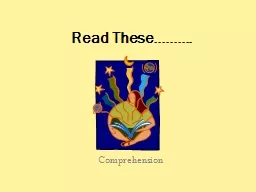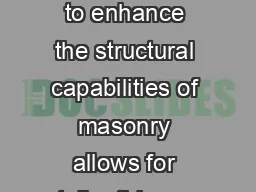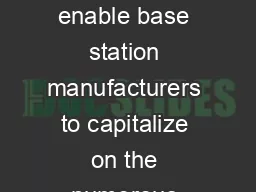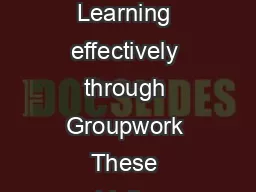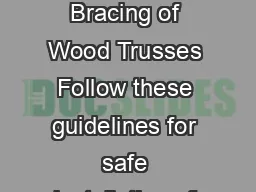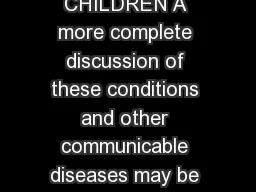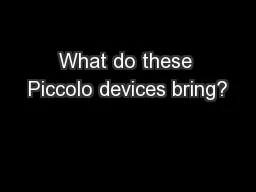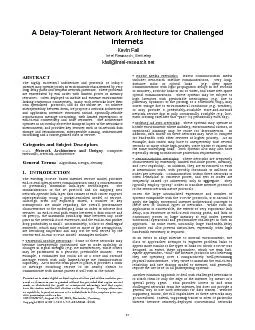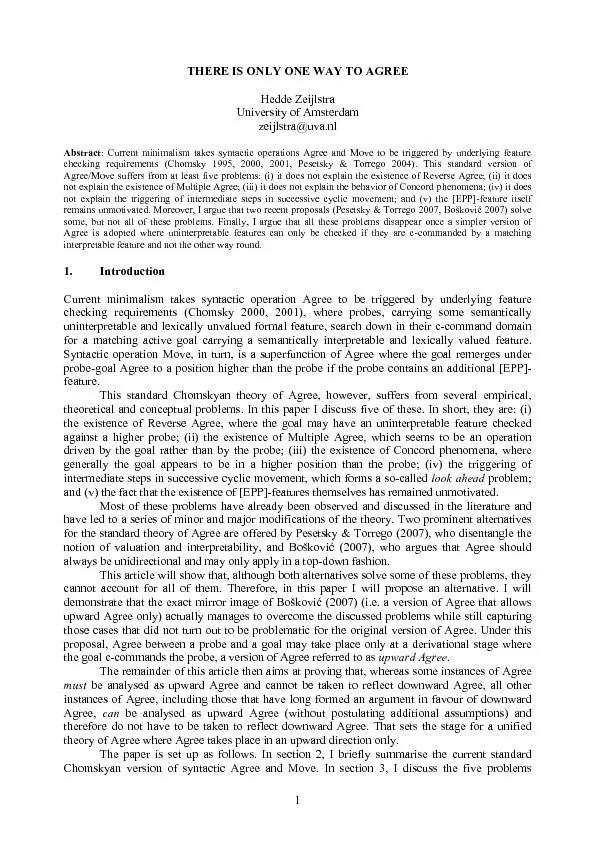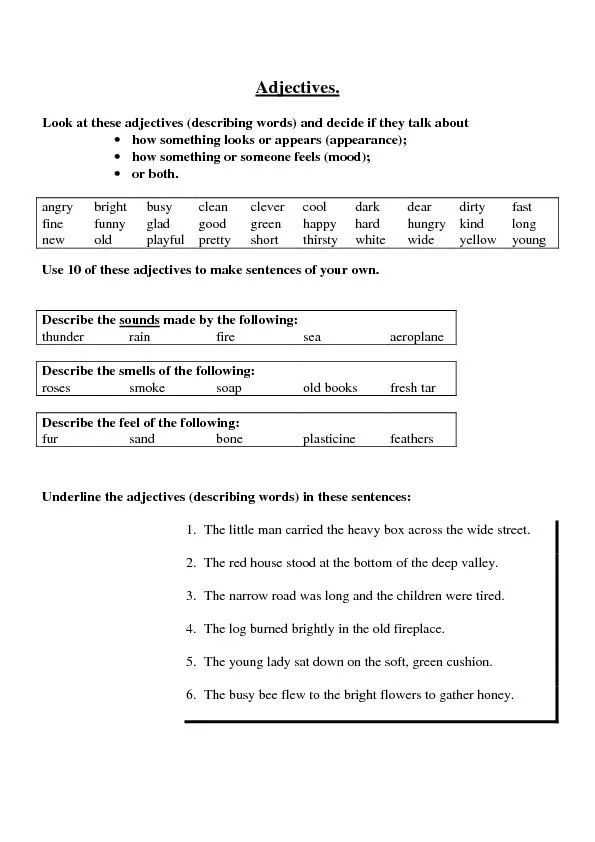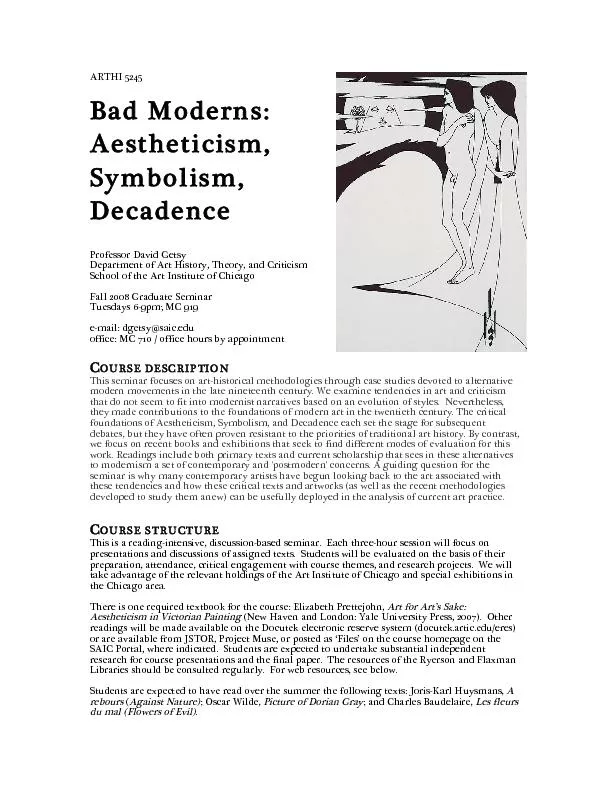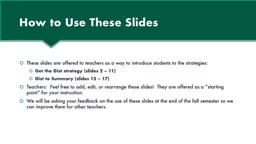PPT-Read These……….
Author : cheryl-pisano | Published Date : 2016-09-18
Comprehension Can You Read The Following Words when contains factor form not this other inverse inequality have sides of with be adding do as negative terms variable both side
Presentation Embed Code
Download Presentation
Download Presentation The PPT/PDF document "Read These………." is the property of its rightful owner. Permission is granted to download and print the materials on this website for personal, non-commercial use only, and to display it on your personal computer provided you do not modify the materials and that you retain all copyright notices contained in the materials. By downloading content from our website, you accept the terms of this agreement.
Read These……….: Transcript
Download Rules Of Document
"Read These………."The content belongs to its owner. You may download and print it for personal use, without modification, and keep all copyright notices. By downloading, you agree to these terms.
Related Documents

